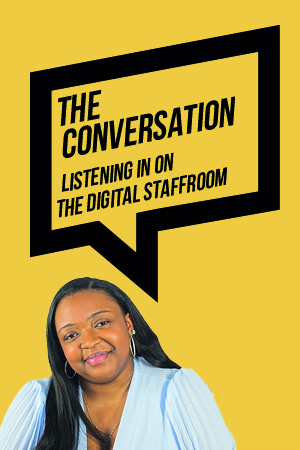Publisher
John Catt
ISBN 10
Michael Pain, the founder of the consultancy business Forum Strategy, has written a coherent and accessible book aimed at new chief executives of multi-academy trusts.
It begins with what he proposes are the four foundations of the role: knowing what business you are in; contextual wisdom and knowing your “outside”; a legacy mindset; and ethics and values. These foundations are loosely based on an article by A G Lafley, the former CEO of Procter & Gamble, published in the Harvard Business Review ten years ago.
The first chapter offers an explanation of these four foundations and concludes with a fifth: understanding the changing nature of the role, which, rather curiously, does not appear in his schematic framework.
The next eight chapters deal with what Pain calls the six dimensions of the role:
1. Translating the vision into a compelling leadership narrative
2. Building an open, transparent and constructive relationship with the board
3. Being the chief talent officer and the culture maker
4. Enabling improvement and innovation as an “organisational habit”
5. Securing organisational sustainability and compliance
6. Fostering key relationships, building social and professional capital
The book concludes with a summary chapter on being the CEO, which is a series of declarative statements drawn from the earlier chapters.
I found chapter three, in which Pain talks about translating vision into a leadership narrative, the most compelling. I really like the way he talks about vision that harnesses the power of storytelling. He argues that the CEO’s role is to translate the board’s vision into narrative and that the CEO’s ownership of the narrative really matters.
The opening pages of the book give us the analogy of the CEO as farmer. While I could see what Pain is attempting to achieve through the analogy, I did not fully appreciate it until the third chapter.
He argues that the CEO’s role is to translate the board’s vision into narrative
Pain writes: “More often than not when asked to describe their trusts, a CEO will revert to the number of schools they have and the Ofsted grades of those schools. Their leadership narrative, to go back to the farming analogy, is quickly eclipsed by today’s weather and the resources at our disposal. However, this is far from of interest to those they lead or serve; their staff, parents or pupils. The end-users do not care about the weather today or the resources… They care about who you are, why you do what you do, and how you relate to them. They want and need to connect with their leaders.”
This is perhaps Pain’s most important message – the importance of a leadership narrative that speaks directly to the end-user. Pain writes about curiosity as being essential to developing the leadership narrative and to creating an engaged and collaborative organisation.
I was slightly less persuaded by chapter six on the theme of enabling improvement. I personally believe that the CEO is the driver and enabler of improvement in a multi-academy trust.
This is a book that brings a range of perspectives from leadership literatures outside education to bear on the CEO role in a MAT, although it perhaps over-relies on the Harvard Business Review. Chapter four on the relationship between the CEO and the board has some helpful points about reporting and accountability.
There is much that is useful in this book, particularly for the new CEO. It reminds the reader of the pitfalls and bear traps of leadership. The shaded boxes and questions scattered throughout are helpful reflective prompts. And Pain tells a good story. It is an easy read and a useful addition to the literature of leadership in education.













Your thoughts